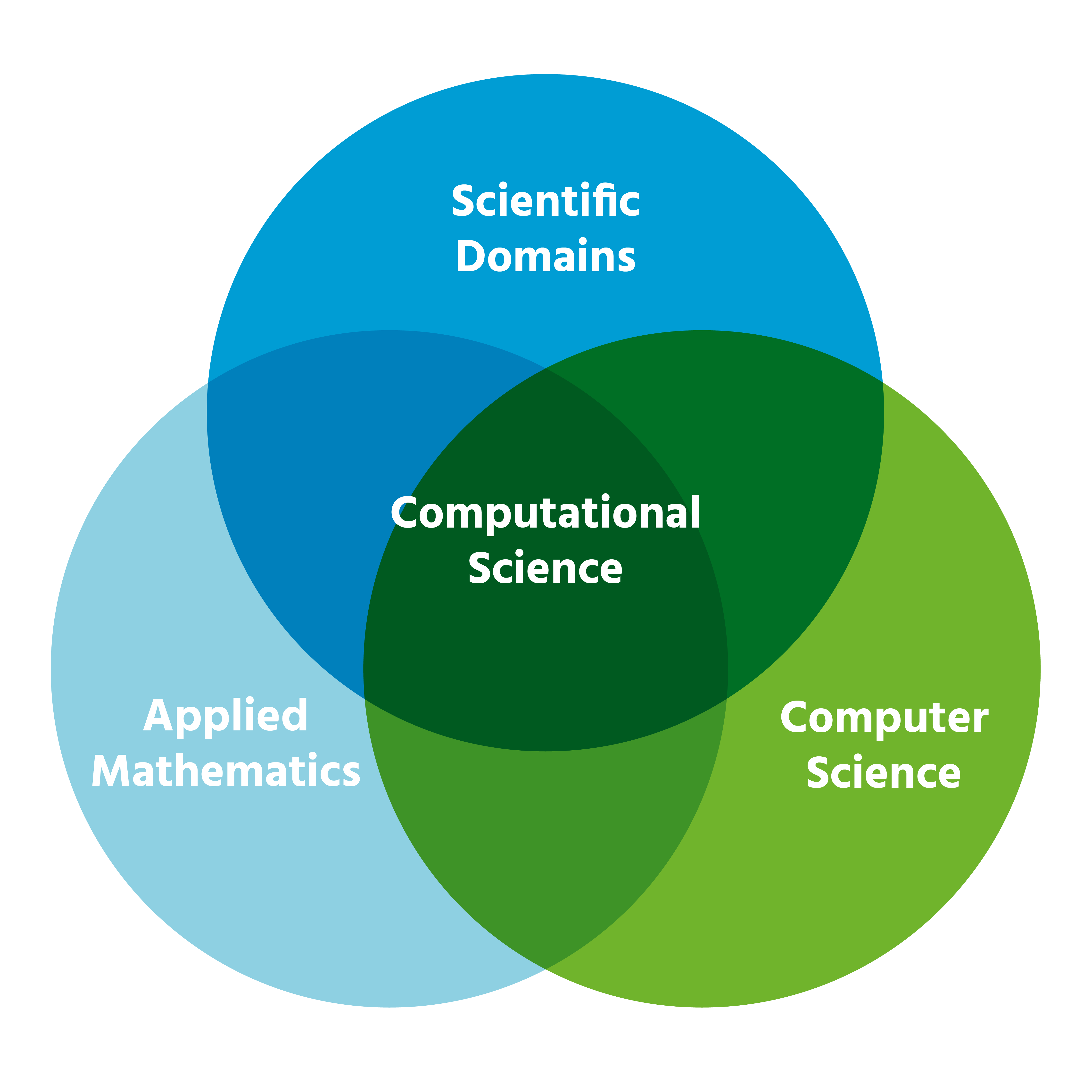Understanding Spec Homes: The Move-In Ready Solution for Modern Buyers
What Is a Spec Home?
A spec home -short for “speculative home”-is a newly constructed property built by a developer without a buyer in mind, intended for sale once completed. Builders design these homes based on prevailing market trends, aiming to meet the preferences of a broad range of potential buyers. Unlike custom homes, where the buyer is involved in every design decision, spec homes are constructed with standard floor plans and finishes selected by the builder [1] [3] .
How Spec Homes Differ from Custom and Model Homes
Spec homes differ significantly from both
custom homes
and
model homes
:
- Custom homes are designed and built to a buyer’s specifications, allowing complete personalization of layout, finishes, and features. The process is often lengthy and requires close collaboration between the buyer, architect, and builder [4] .
- Model homes are showcase properties furnished to highlight a builder’s craftsmanship and design capabilities. They demonstrate what is possible in a community or development and are often used as sales tools, but may not be for sale themselves [2] .
- Spec homes , by contrast, are built in anticipation of demand and are generally available for purchase as soon as construction is complete or nearly complete, offering buyers the ability to move in quickly with no design decisions required [5] .
Key Benefits of Spec Homes
Choosing a spec home offers several advantages, particularly for buyers who prioritize speed and convenience:
- Move-In Ready: Spec homes are typically completed or near completion at the time of listing, allowing for quick occupancy. This is ideal for buyers who need to relocate swiftly or want to avoid lengthy construction timelines [3] .
- Modern Features: Builders select popular amenities and finishes to maximize appeal, such as open floor plans, energy-efficient systems, and durable materials. These choices reflect current buyer preferences and increase resale value [1] [5] .
- Predictable Costs: Since all selections are made by the builder, buyers know the final price upfront. This can help with budget certainty compared to custom home building, where costs may fluctuate due to design changes.
- Less Decision Fatigue: Buyers do not need to make design choices, select finishes, or manage construction details. This streamlines the purchasing process and reduces stress.
Potential Challenges and Considerations
While spec homes offer many benefits, there are also considerations and potential drawbacks:
- Limited Customization: Buyers generally cannot alter the floor plan or finishes once the home is under construction. Those with specific needs or preferences may find spec homes less suitable than custom builds [3] [5] .
- Standardization: Because spec homes are designed to appeal to the largest number of buyers, they may lack unique or personalized touches found in custom homes.
- Availability: Inventory can fluctuate based on local market conditions. In hot real estate markets, spec homes may sell quickly and competition could be high.
Practical Steps to Find and Buy a Spec Home
If you’re interested in purchasing a spec home, follow these actionable steps:

Source: kink.ac
- Research Local Builders: Start by identifying reputable builders in your desired area. Many builders offer information on available spec homes directly on their official websites. Local real estate agents can also provide updated listings and guidance.
- Visit Developments: Tour new communities or subdivisions where spec homes are common. Viewing model homes can give you a sense of quality and available features. Ask the builder or agent for a list of move-in-ready or soon-to-be-completed properties [2] .
- Inquire About Features: Request detailed information about included amenities, energy efficiency, warranties, and upgrade options. While most finishes are pre-selected, some builders may allow limited customization if the home is not yet finished.
- Secure Financing: Obtain mortgage pre-approval to streamline your purchase. Some builders may offer incentives or preferred lender programs. Compare rates and terms to ensure the best deal.
- Conduct Inspections: Even though the home is new, hire a qualified inspector to assess workmanship and ensure all systems are functioning as intended. Inquire about builder warranties for added peace of mind.
Real-World Example: Buying a Spec Home in Practice
Consider a family relocating for work with limited time to find a home. They tour a local builder’s community and discover several spec homes available for immediate move-in. The homes feature open layouts, modern kitchens, and energy-saving appliances, all selected by the builder based on what’s popular in the area. The family chooses a property, secures financing, and moves in within weeks-far faster than the six to twelve months often required for a custom build [1] .

Source: mortgagerater.com
Alternative Approaches
If a spec home’s limited customization doesn’t fit your needs, consider these alternatives:
- Pre-Sale Homes: Some builders offer pre-sale options, where buyers can choose from pre-designed floor plans and select certain finishes before construction begins. This offers more input than a finished spec home, but less than a fully custom build [3] .
- Custom Homes: For maximum personalization, work with a builder or architect to develop a unique design from the ground up. This path is more time-consuming and typically more expensive, but it results in a one-of-a-kind property [4] .
- Existing Homes: Consider purchasing a resale property, which may offer desirable features at a lower price point or in established neighborhoods.
How to Access Spec Homes and Related Services
To access spec homes:
- Contact local real estate agents specializing in new construction. They often have up-to-date information about available spec homes in your preferred area.
- Visit the official websites of reputable builders operating in your region. Look for sections labeled “available homes,” “move-in ready,” or “inventory homes.”
- Attend open houses or new community launches, where builders typically showcase their spec homes and provide tours.
- If you have a preferred builder, call their sales office directly for current listings and to inquire about upcoming spec home releases.
- Use well-known home listing platforms (such as Zillow or Realtor.com) and filter results to show only new construction or move-in ready homes.
If you need further assistance, you can search for “spec homes near me” along with your city or county name, or contact your local home builders’ association for referrals to trusted developers in your market.
Key Takeaways
Spec homes provide a practical, efficient solution for buyers seeking a new, move-in ready property with modern features and predictable costs. While they offer less customization than custom homes, their speed and convenience make them increasingly popular, especially in fast-growing markets. By understanding the differences and following actionable steps, you can confidently navigate the process of finding and purchasing a spec home suited to your lifestyle and timeline.
References
- [1] Synergy Homes (2024). What Is a Spec Home and Is It the Right Choice for You?
- [2] River Landing (n.d.). Spec Home vs. Model Home.
- [3] Gateway Construction (2024). Spec vs. Pre-Sale Homes: Learn the Differences.
- [4] Walnut Cove Realty (2022). Spec House vs. Custom House: Definitions, Pros, and Cons.
- [5] Felix Homes (2022). What Is a Spec House in New Construction (Pros vs Cons).
MORE FROM searchhole.com













